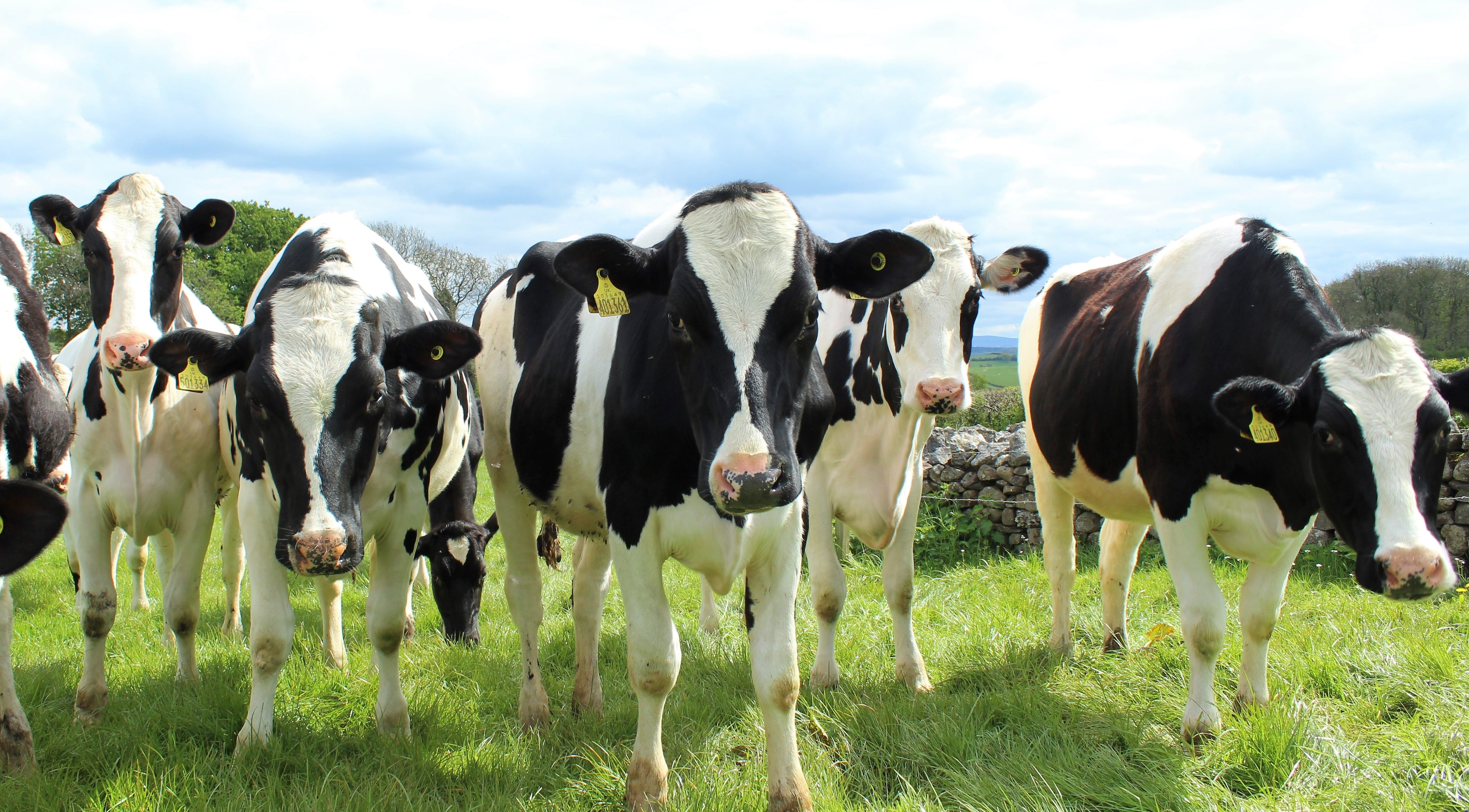Q. What are the benefits of using mastitis PCR?
> Identifies pathogens responsible for 95% of clinical mastitis in New Zealand.4
> Increased sensitivity
- Up to 29% of clinical mastitis samples in New Zealand can be culture negative 1, 3, 4
- PCR has been shown to identify pathogenic bacteria in 43-52% of culture negative mastitis samples.2, 6
> Identification of pathogens in contaminated samples
- Up to 8% of samples from clinical mastitis in New Zealand will be contaminated which may obscure pathogen identification.1, 4
- PCR can still identify pathogens in contaminated samples.5
> Identification of pathogens despite previous treatment
> Can identify DNA from dead bacteria or those inhibited by inhibitory substances
> Inclusion of the most common β-lactamase penicillin resistance gene (blaZ)
> Inclusion of Mycoplasma bovis
> Semi-quantitative

Q. Can we test bulk milk BM samples?
Currently the mastitis PCR is not validated for use in bulk milk
Q. Does Mycoplasma bovis testing occur automatically on every sample?
No but it can be added if initial PCR is negative
Q. How is the β-lactamase penicillin resistance reported?
Presence or absence of the β-lactamase blaZ gene which is the most commonly identified penicillin resistance gene in staphylococci.
Q. What does the β-lactamase result mean?
It means the Staphylococcus spp. will be resistant to Penicillin G.
Q. Can you get false positives?
As no mastitis diagnostic tests are 100% sensitive and specific, false positives and negatives can occur. The high sensitivity of the PCR may result in false positives in successfully treated quarters with dead organisms, spontaneously cured mastitis or samples contaminated with target organisms.
Q. What is the sensitivity and specificity of the PCR?
PCR is more sensitive than culture in that it can detect pathogens in culture negative samples. When compared with culture of the target pathogens during validation, there was strong correlation between mastitis PCR and routine culture.
Q. Can we hold samples and do sensitivity pending results of PCR?
Yes, but ideally culture should be performed within 48hrs of samples being received.
Q. If the PCR is negative does that mean there are no significant pathogens present?
No, it only means the target species are not present. If clinical signs and SCC results indicate an infection, culture and/or sensitivity testing are recommended (fresh sample preferable) to determine what other organisms may be present.

